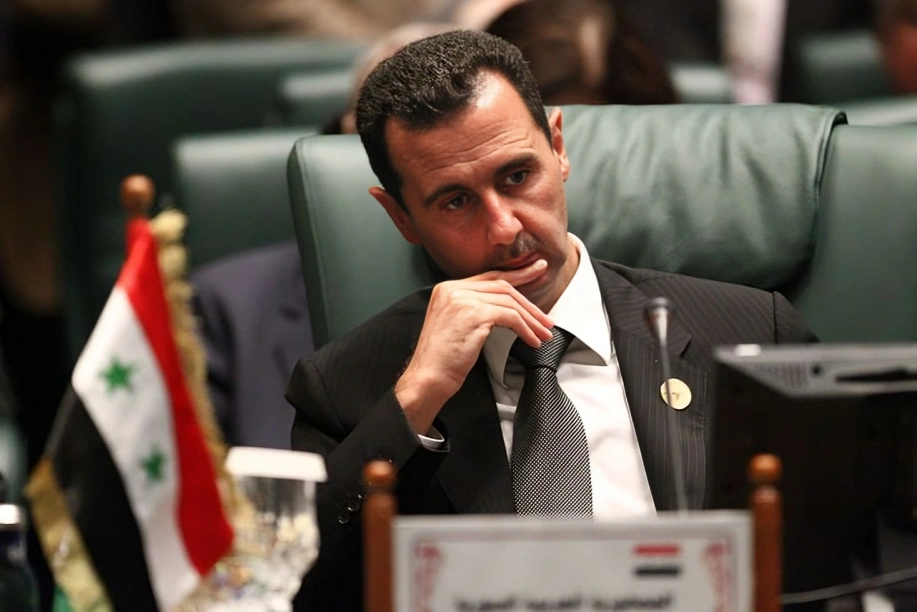
Damascus, Syria— The Syrian civil struggle has reached a crucial juncture as insurgent forces make important advances towards Damascus, threatening the stronghold of President Bashar al-Assad’s regime. With worldwide observers watching intently, the query arises: Can Assad keep his grip on energy, or is the tip of his rule imminent?
What Is Going On?
In latest weeks, Syrian rebels have seized management of key positions round Damascus, marking their closest strategy to the capital because the battle started in 2011. A coalition of insurgent factions, bolstered by international fighters and more and more subtle weaponry, has launched a coordinated offensive aimed toward breaching Assad’s defenses.
Studies recommend heavy combating within the outskirts of the town, with important casualties on each side. Insurgent teams have additionally taken management of provide routes, additional isolating the capital. Assad’s forces, whereas nonetheless holding strategic benefits, seem more and more overstretched.
The Origin of the Warfare
The Syrian civil struggle started in 2011 as a wave of protests swept the Arab world through the Arab Spring. What began as peaceable demonstrations towards authorities corruption and repression shortly escalated right into a brutal battle after Assad’s regime responded with violent crackdowns.
The struggle quickly morphed into a posh, multi-faceted battle involving quite a few factions:
- The Assad Regime: Backed by Russia and Iran, Assad’s authorities has maintained management over important components of the nation via army pressure and international assist.
- Syrian Rebels: A fragmented opposition composed of average teams, Islamist factions, and native militias, typically supported by Western and Gulf states.
- Islamic State (ISIS): Though largely defeated, ISIS performed a big position through the struggle’s early years, complicating the dynamics additional.
- Kurdish Forces: Targeted on establishing autonomy in northern Syria, the Kurds have sometimes clashed with each rebels and authorities forces.
Who Are the Syrian Rebels?
The time period “Syrian rebels” encompasses a various array of teams with differing ideologies and targets:
- Free Syrian Military (FSA): Initially shaped by defectors from Assad’s army, the FSA represents average factions looking for a democratic Syria.
- Islamist Teams: Together with factions corresponding to Hayat Tahrir al-Sham, these teams advocate for the institution of an Islamic state.
- International Fighters: Militants from neighboring nations have joined varied insurgent factions, including to the complexity of the battle.
Whereas unified of their opposition to Assad, these teams are sometimes divided by ideology and technique, limiting their effectiveness.
The Attainable Destiny of Assad
Assad’s destiny hinges on a number of elements:
- Navy Functionality: Regardless of latest setbacks, Assad’s forces nonetheless maintain important firepower and benefit from the backing of Russia and Iran.
- Worldwide Help: Russia’s army presence, together with airstrikes and advisors, has been pivotal in propping up the regime. If Moscow’s dedication wavers, Assad’s place might develop into untenable.
- Insurgent Coordination: The rebels’ means to maintain their momentum and overcome inner divisions will decide whether or not they can pose a severe risk to Assad’s rule.
Whereas Assad’s rapid downfall is just not assured, the advance on Damascus represents probably the most important risk to his regime in years. A protracted siege or a decisive insurgent victory might pressure Assad to barter and even flee.
Public Opinion: Truths and Misconceptions
- Truths:
- The rebels’ advance on Damascus represents a severe problem to Assad’s regime, highlighting the continued instability in Syria.
- International affect, notably from Russia and Iran, continues to play a decisive position within the battle’s dynamics.
- Misconceptions:
- Claims that Assad is totally remoted are inaccurate; he retains management over giant components of Syria and has substantial army backing.
- The notion that the rebels characterize a unified entrance is deceptive; their inner divisions stay a big impediment to their success.
The Broader Implications
The autumn of Damascus would have profound implications for Syria and the area:
- Humanitarian Disaster: An escalation in combating will seemingly worsen Syria’s already dire humanitarian scenario, with hundreds of thousands displaced and in want of assist.
- Regional Stability: Neighboring nations, notably Lebanon and Turkey, might face spillover results, together with elevated refugee flows and cross-border tensions.
- World Politics: The battle’s consequence will form the geopolitical stability within the Center East, influencing the roles of main powers like Russia, the U.S., and Iran.
Conclusion
As Syrian rebels shut in on Damascus, the survival of Assad’s regime hangs within the stability. The scenario underscores the enduring complexity of Syria’s civil struggle, a battle that has defied simple options and left a path of devastation in its wake.
For Assad, the approaching weeks shall be crucial. His destiny will rely not solely on his army’s resilience but additionally on the broader geopolitical chessboard, the place allies and adversaries proceed to form Syria’s future.
#SyriaConflict #AssadRegime #DamascusUnderSiege #MiddleEastCrisis #SyrianRebels #HumanitarianCrisis #VeritasWorldNews
